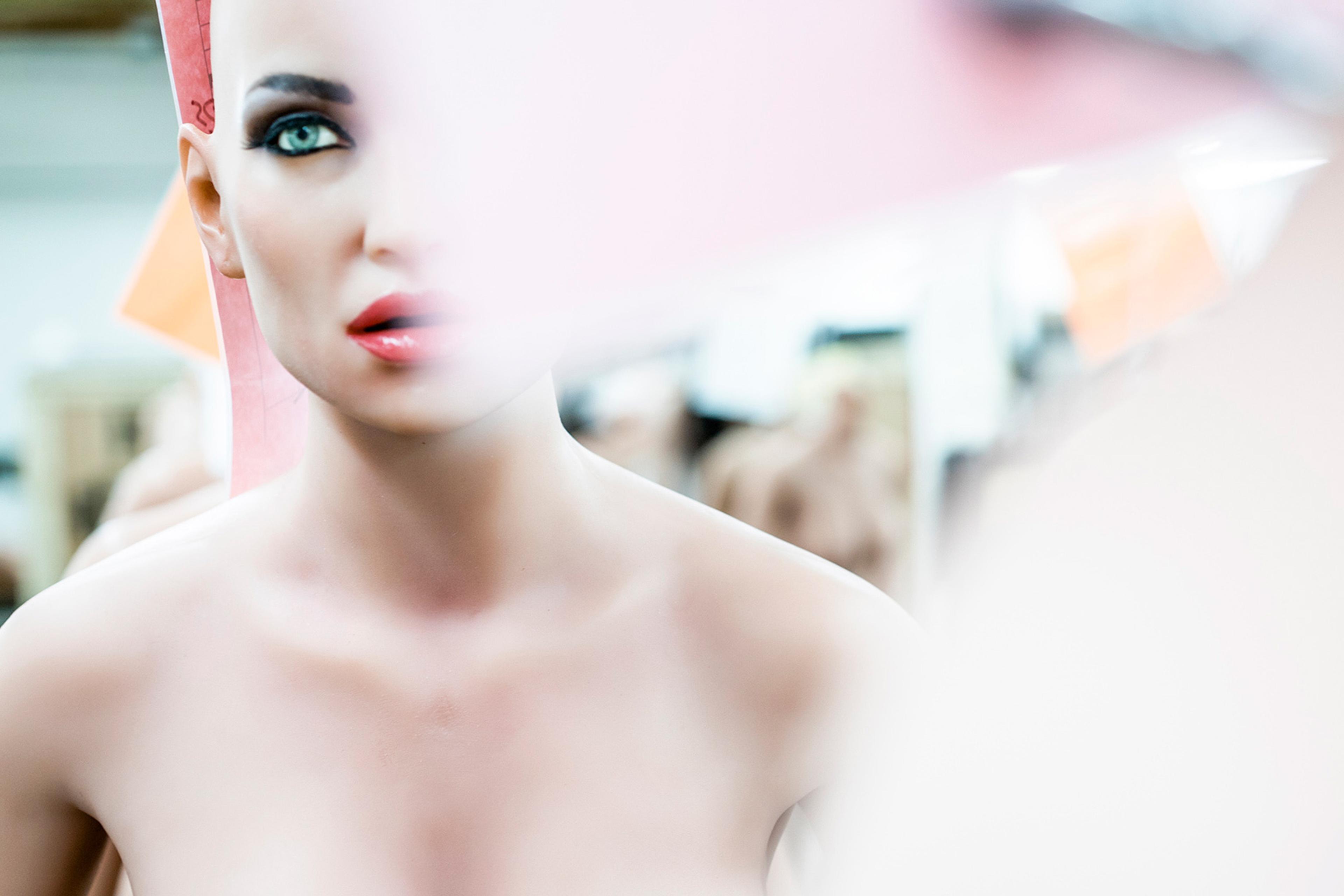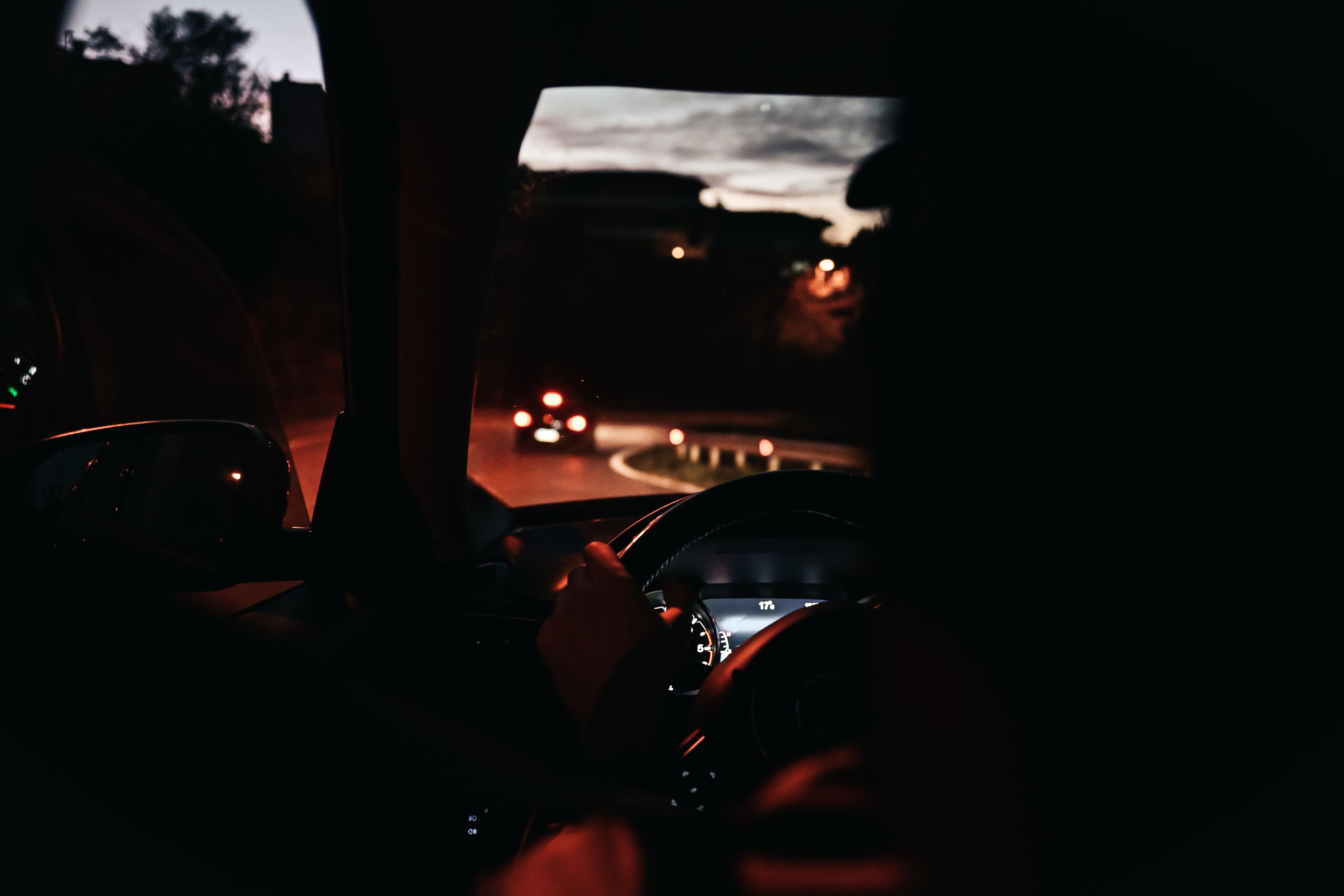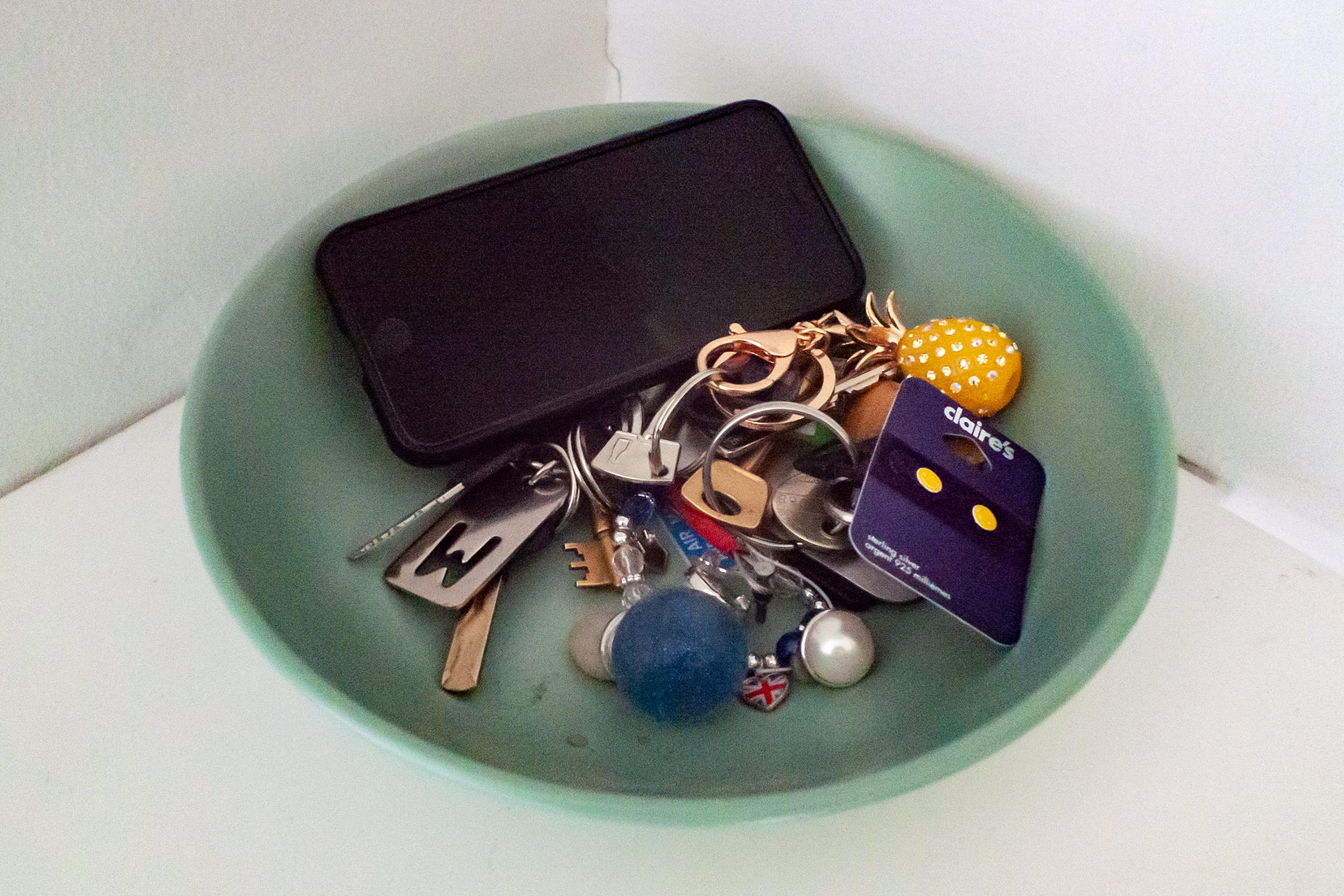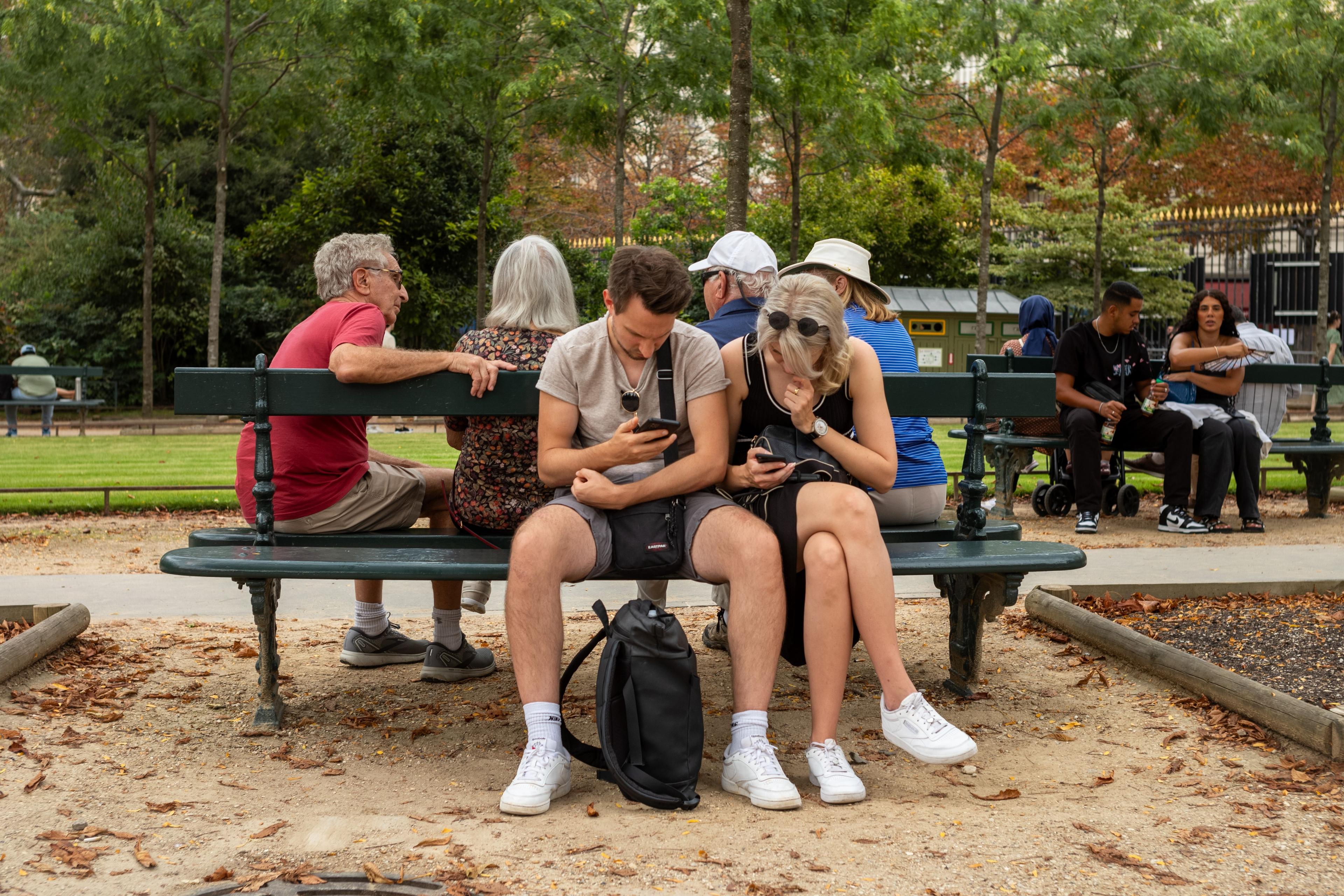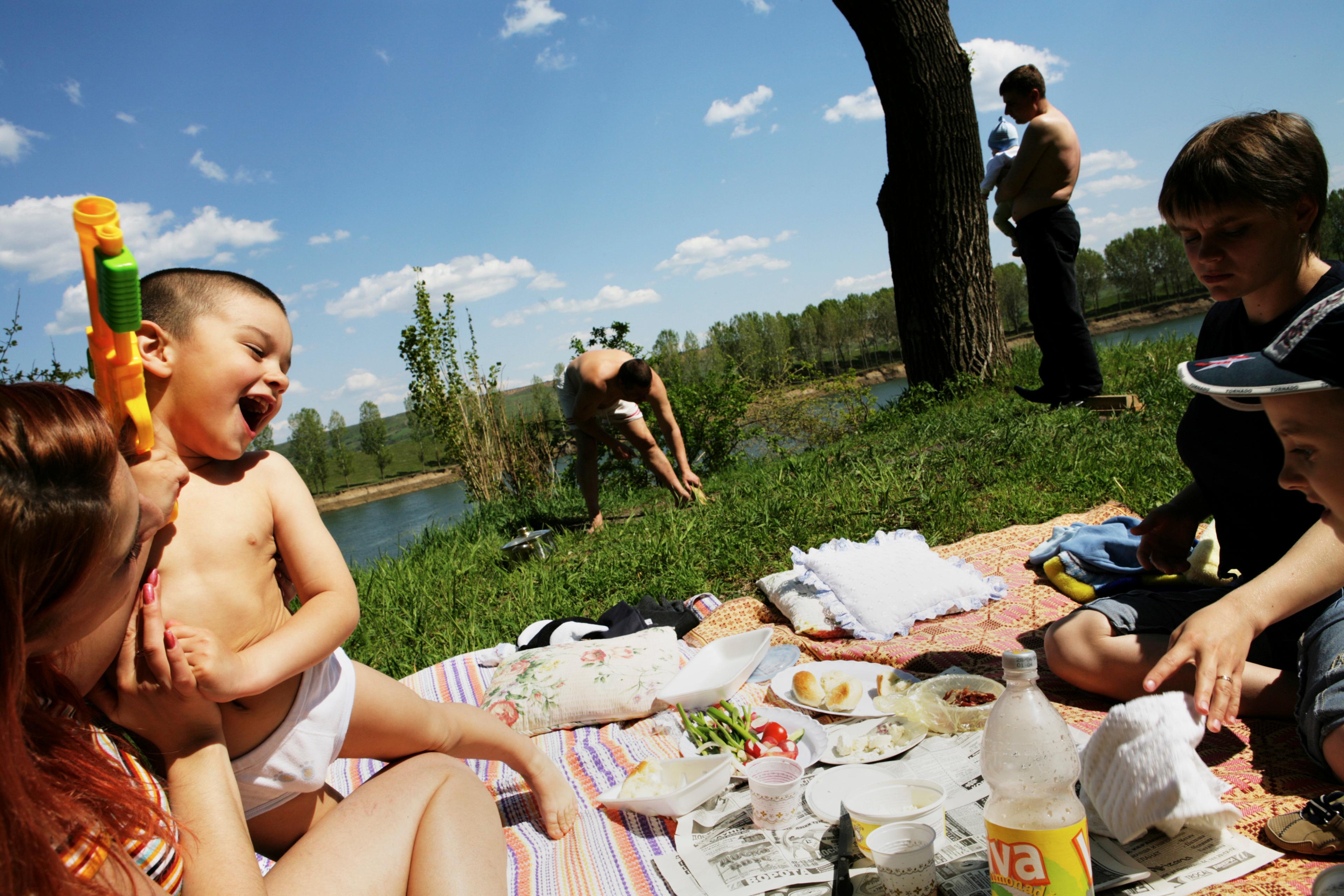At a time of worldwide social distancing, many of us are missing the simple gesture of a handshake or the feel of a hug from a friend. One consequence is that we’re likely to see a new wave of technological devices to help us deal with being physically apart from each other. But whether that’s something we should welcome is another matter entirely.
Long before the COVID-19 pandemic, interest in what researchers call ‘haptics’ had been increasing, particularly the idea of replacing a missing sense through touch sensations. For example, there’s a device that assists blind and visually impaired people to ‘see’ via a belt with vibrating parts that provide information about incoming stimuli. Meanwhile, another device – a ‘tongue display unit’ – can deliver pulses into the mouth to help navigate the surrounding space, for use in neurorehabilitation, for example. These novel tools improve independence and quality of life for many. Other haptic devices aim to replicate closeness to the mother’s body for preterm infants in intensive care. For example, there’s one that recreates the warmth, pressure and even the sounds that the mother’s body would make while the baby is in the neonatal care unit.
What about devices targeted at the general public, at everybody’s longing for social touch? Technology already helps us communicate over vast distances, so what if it could also help us with our tactile needs? You might think that technology won’t ever replace human touch, but commercial companies will keep trying their best. Missing hugs from your grandma? Well, you might both be the target market for a trademarked ‘Hug Shirt’ that vibrates in the areas where someone has ‘saved’ a hug: just ‘record’ a hug in your shirt and send it to your grandma’s receiving shirt. Sounds intriguing, right? Even more alluring are the products aimed at long-distance romantic couples that fall under the delightful name ‘teledildonics’ or remote sex devices. One such kit contains a sensor-coated obelisk and futuristic fleshlight, which allow for some sort of virtual sex.
Haptic devices aimed at addressing genuine medical need, or for entertainment and novelty, seem appropriate and even fun. However, we believe it’s important to stay vigilant – any technology that changes the norms of our social interactions could have unintended consequences.
The tactile sense plays an important role even before we’re born. Through touch, from others and from ourselves, we develop a feeling for our own body, helping us to differentiate between self and other. Knowing ‘this is me’ and ‘these are the other people’ is necessary for social interaction. Throughout our lifetime, we use touch to express emotions that are not easily conveyed through words or images.
In this current period of social distancing, many people are noticing for the first time the importance of social touch interactions. Unfortunately, there’s no simple way to replace social touch. We can only try to mitigate the negative effects of not being touched by our loved ones by substituting some aspects of what makes up a hug. For example, we can substitute the warmth of another person’s touch by taking a warm shower or sitting out in the sun and feeling its rays on our skin. We can cuddle ourselves, by wrapping up in a tight blanket. Having a pet is a huge advantage for coping with lockdown. Cuddling with your pet is basically the same as touch with another human, especially if you have a close emotional relationship with your animal. However, it’s important to remember that these are not long-term replacements, only ways to get through the pandemic.
Even with the help of technology, what makes the true replication of interpersonal touch especially difficult is that how we experience being touched depends on the context, who’s touching us and our current mood. Once you take touch experiences out of their usual real-life situations, their effect and meaning changes. I can experience a slow stroking on the arm at home after work as comforting and enjoyable when it comes from somebody I like and trust. But if I’m in a different situation – for example, I’m about to give a presentation in a meeting and all of a sudden my touch device delivers a ‘pleasant’ stroking repertoire on my arm – I might not want it and could actually hate it, even if the transmission originated from my dearest partner. So, yes, technologies might be able to replicate the basic tactile sensations, but it’s the complexity of the context and ourselves that will ultimately define their limitations.
Once the pandemic is over, it might unfortunately be hard to get back to our old ways of hugging, holding hands and simply being OK with crowded places. We’ve learned to associate touch and closeness with danger. We’re constantly confronted with news about the pandemic and how social distancing will keep us safe, therefore closeness with others could easily continue to evoke fears about our own mortality. Of course, it’s correct and necessary in a pandemic to keep our distance. Nevertheless, such a focus on staying away from one another will build up a negative association for touch in the future.
Don’t underestimate this problem. We’ll need to rediscover closeness and the idea that touching other people isn’t necessarily dangerous from a health perspective. We must be conscious of any associations we’ve made between touch and viruses, and actively overcome them. If the associations remain, we’ll probably continue to avoid touch, which won’t help us start to heal, but could in fact lead us to feel more isolated in the future. The time after the pandemic might be critical: are we going to get over our fears and remember how wonderful it is to hug our loved ones? Or are we going to stick with the new normal and let new haptic technologies creep into our lives to fulfil our touch desires?
The need for touch is a fundamental part of being human. There’s a danger that if and when we start to replace it with technological devices, we could end up reducing our real human touch situations even more, as is already happening for other forms of communication. After all, some of us have replaced actual conversations with sending emails or texts back and forth, so many now talk less. If we can send electronic hugs, won’t we end up hugging less too?
Bear in mind that device innovation doesn’t need to completely overrun social touch to have an effect on our day-to-day activity. It’s unclear if we should worry more about innovations adapting to our ways or more about people adapting to their devices. For instance, should parents be encouraged to hand their babies devices that teach them to interact with avatars better than with actual people? Is it OK to give toddlers a hi-tech pacifier that vibrates so they remain attentive to something on a screen instead of the real world around them? Should we greet each other with a virtual high-five delivered on the edge of our Bluetooth range?
There are real consequences to letting technology intervene with social touch. Do you fear the day when you attempt to console your child only to have her turn to a device that can comfort her in a way you couldn’t even conceive of? Perhaps you should. With the rise of touch-replacement technology, socially distanced lives could become permanent, and we might end up with even greater levels of isolation than today.


